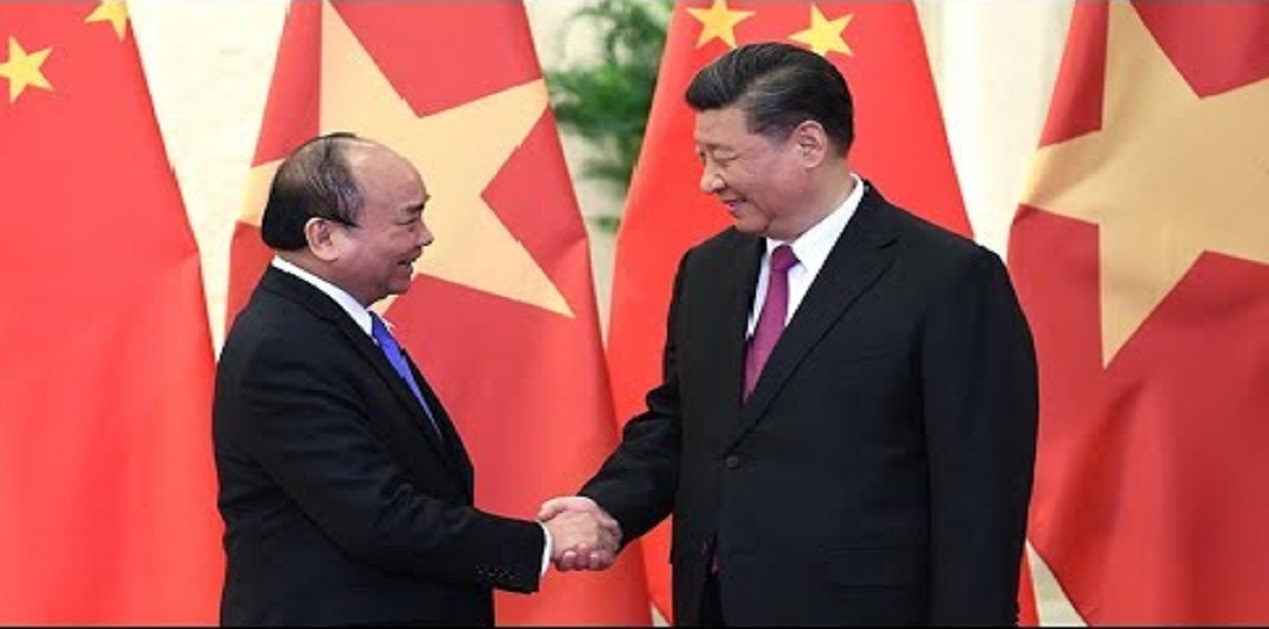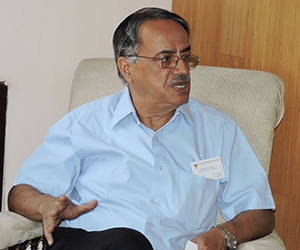The second BRI Forum of China held in April 2019 has received as much attention, if not more, as the first one held in May 2017. The fundamental objectives of the BRI remain the same, i.e., shoring up of domestic economy by exporting surplus industrial capacity, capital and even labour overseas for projects mainly sponsored by China. In the bargain, China not only makes commercial profits it also bolsters its geopolitical position as well as achieving what is termed as ‘China Dream’ as articulated by President Xi.
Thus, a successful outcome of BRI also consolidates Xi’s position domestically. Many of the projects might not promise economic returns but these are more geared towards gaining strategic advantages, for instance, building of Gwadar deep sea port project on Pakistan’s coast. With BRI projects spread across Asia, Africa, Europe, and the Indian and Pacific Oceans, China, in fact, is attempting to gain world leadership by displacing the US and set up its own institutions, norms and a set of rules. It is different matter that achieving such ambitions would be a difficult task; however, the BRI has been incrementally making progress.
Insofar as Vietnam is concerned even while Vietnam has supported China’s BRI Forum as Vietnam’s Prime Minister attended this BRI forum as well as the earlier one, and has been very cautious in agreeing to infrastructure development projects under the rubric of BRI. Basic reasons for this approach continue to be Vietnam’s concerns and lack of trust about China’s activities in South China Sea, unattractive commercial terms and conditions of Chinese loans and better alternatives available, say from countries like Japan and South Korea.
While Vietnam already has in existence a bilateral project of Cat Linh–Ha Dong metro line in Hanoi in progress since October 2011, lately it has been labelled as BRI project as additional requirement of funds have been provided by China in 2017. In November 2017, during President Xi’s visit to Vietnam, both sides had signed a memorandum of understanding on promoting connectivity between the two sides under the "two corridors, one economic belt" initiative. This initiative had earlier been proposed way back in 2004 for strengthening cooperation in the areas of industry, commerce, agriculture and tourism. However, while the economic and commercial relations have grown between Hanoi and Beijing, Vietnam has been reluctant to go in for BRI projects or for that matter any connectivity projects.
It also needs to be noted that bilateral trade between both sides has grown to 106.71 billion US dollars as of 2018 which surpasses that of its bilateral trade with India. However, comparatively its trade deficit of 24.17 billion US dollars is much less than that of India with China. Nevertheless, Vietnam has economic dependencies with China especiall as a number of labour intensive industries are shifting to Vietnam with labour costs rising in China. Therefore, China continues to put pressure on Vietnam to agree to a number of connectivity projects under the overarching BRI, a signature initiative of President Xi Jinping.
Vietnam has to carefully assess whether an infrastructure development project is really necessary given the already high levels of Vietnam’s debt. Currently, Vietnam’s debt is over 60 percent of its GDP thus, debt sustainability/ serviceability would continue to be an issue. Further, loans under the BRI need to be carefully examined because of high interest rates attached to them. Bringing of the most of material and labour from China, as the Chinese practise is, also has a negative impact on the local job market. There would be many other associated issues that would need in depth examination.
As is well known, there has been criticism of BRI because of what has happened in projects like Hambantota Port of Sri Lanka and others wherein debt sustainability, lack of transparency and imposition of certain practices of China has caused a backlash against BRI projects. There are vulnerable countries like Djibouti, the Maldives, Laos, Montenegro, Mongolia, Tajikistan, Kyrgyzstan, and Pakistan that have taken loans under the BRI which they are unable to service and thus could fall into a debt trap. China has formulated a ‘Debt Sustainability Framework for Participating Countries of the Belt and Road Initiative’. Possibly, there will be more introspection by China on these matters while going in for new projects. China has pledged to address many of the shortcomings related to the BRI projects and has also promised to take action in protecting the legitimate rights and interests of foreign owners of intellectual property rights (IPR), and prohibit the forced transfer of technology.
If somehow, China does agree to follow international norms and adhere to mutually agreed terms and conditions, then again violation of contractual conditions by Chinese contractors, as per the present rules, would have to be arbitrated/ adjudicated under China’s Courts.
Therefore, BRI, despite what China has promised in its Second Forum in April this year, does not inspire enough confidence. As mentioned earlier, Japan, South Korea and perhaps some European nations with surplus capital would be better bets as compared to China’s BRI. Then there is always the question China’s behaviour in South China Sea which would have negative impact on the Sino-Vietnam bilateral relationship, with possibility of public hostility against such Chinese projects in times of crisis.
Further, the Asian Infrastructure Investment Bank has also been looking to invest in infrastructure projects in Vietnam. Even though it is dominated by China, yet it could be a better alternative as AIIB being a multilateral institution is expected to follow international norms regarding transparency and give better terms and conditions. But allurement of easy capital available from China for capital starved nations is unlikely to go away and such fatal attractions have led to more nations coming on board during the BRI II Forum, including Italy, the first G7 country to do so.
Nevertheless, if Vietnam wants to test China’s promises under the BRI, it could go in for one or two smaller projects wherein lower levels of debt can be sustained and where there is possibility of Vietnam’s labour force’s skill development and absorption of new technologies. Vietnam could also continue to wait and see how other BRI projects in other countries have developed, and has there been a positive feedback of BRI funded projects from other countries across the globe?
Will China be a benevolent power, or under the garb of BRI it wants to expand its strategic foothold, which perhaps could be an anathema for not only Vietnam but also for other countries in the region and across the globe.
Image Source: https://www.youtube.com/watch?v=sGIQF28mVjg










Post new comment